 04 May, 2021
04 May, 2021
Phụ nữ trong ngành máy tính
Một sinh viên năm thứ nhất viết cho tôi: “Tất cả bạn em ở đại học đều bảo em ĐỪNG học khoa học máy tính. Họ nói lập trình KHÔNG phù hợp cho phụ nữ vì nhiều người đã chuyển sang lĩnh vực khác sau khi không học được lớp lập trình. Điều đó làm em lo lắng về chọn lựa của em học khoa học máy tính. Xin thầy lời khuyên.”
Đáp: ĐỪNG nghe họ; họ KHÔNG biết họ đang nói gì. Phụ nữ đã từng làm cực kì giỏi trong lĩnh vực máy tính. Nếu bạn nhìn vào danh sách những người điều hành hàng đầu trong công nghiệp máy tính ngày nay, bạn sẽ thấy nhiều phụ nữ làm CEO của Yahoo, Phó chủ tịch của Facebook, những người điều hành hàng đầu của Google và Microsoft. Máy tính là lĩnh vực mà phụ nữ được kính trọng cao về tài năng của họ và kĩ năng lãnh đạo.
Nếu bạn của bạn đọc lịch sử máy tính họ cũng sẽ ngạc nhiên. Người lập trình máy tính đầu tiên trên thế giới là một phụ nữ có tên Ada, công tước xứ Lovelace (1815-1852), người đã giúp nhà phát minh Charles Babbage xây dựng máy tính đầu tiên có tên Động cơ phân tích – Analytical Engine. Ada viết chương trình đầu tiên làm cho máy tính này thực hiện tính toán toán học và làm tài liệu chúng trong sổ tay của bà ấy. Bà ấy mô tả cách bà ấy ra lệnh cho máy tính lặp lại các lệnh nhiều lần trong tính toán công thức toán học (Ngày nay chúng ta gọi nó là “Vòng lặp”). Để tôn vinh đóng góp của bà ấy, Hiệp hội Máy tính đã đặt tên một ngôn ngữ lập trình theo tên bà ấy: “Ada”.
Người lập trình máy tính thứ hai trên thế giới cũng là một phụ nữ khác có tên Grace Murray Hopper (1906-1992). Bà Hopper làm việc trên máy tính số thức đầu tiên có tên Mark I. Một hôm máy tính không chạy và mọi người không thể nào làm cho nó làm việc được mãi cho tới khi bà Hoper tìm ra một con bọ nhỏ bị mắc kẹt vào rơ le điện tử của mạch máy tính. Sau khi bỏ con bọ đó ra, máy tính làm việc trở lại. Bà Hopper viết lại sự cố này trong sổ tay: “Tôi đã bắt bọ cho máy tính.” Kể từ đó mọi lỗi máy tính đều được gọi là “Bug-bọ” và sửa lỗi được gọi là “Debug – bắt bọ”. Tôi đã viết về bà Grace Hopper trong blog trước của tôi.
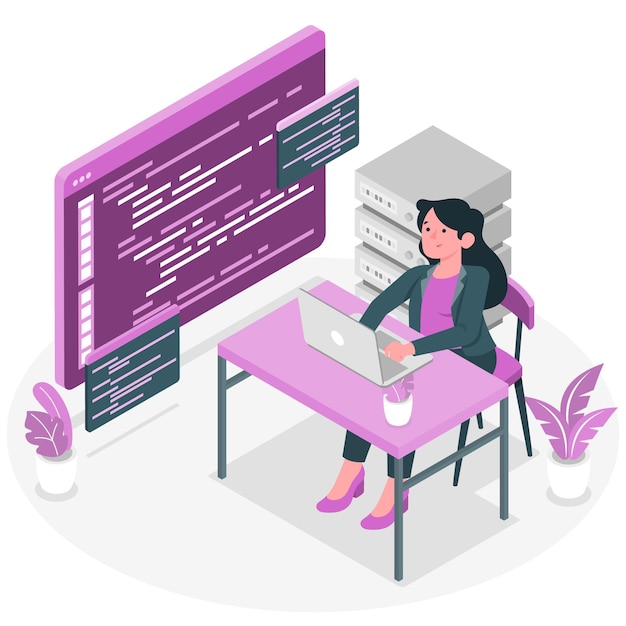
Trong Thế chiến II, Cơ quan ngoại giao Anh tổ chức một nhóm nhà khoa học dưới dự lãnh đạo của Max Newman và Alan M. Turing để phá mã quân sự bí mật của Quốc xã. Vì mã của Quốc xã rất phức tạp, khó mà phá được chúng. Một hôm từ thất vọng, Max Newman phàn nàn rằng “Không đàn ông nào trong nhân viên của tôi biết người Đức đang làm gì.” Thư kí của ông ấy, một người phụ nữ tình nguyện: “Sao ông không để tôi thử điều đó xem sao?” Max đồng ý để bà ấy thử. Thay vì làm việc một mình như hầu hết đàn ông vẫn làm, bà ấy thành lập một tổ nhiều phụ nữ, những người thường nghe các thông điệp quân sự của người Đức và có khả năng phá mã của họ. Họ phát triển các thuật toán đặc biệt được biết tới là “Bombes” và “Robinsons” để trợ giúp cho mọi việc phá mã. Họ được coi là tổ lập trình đầu tiên trong lịch sử máy tính vì họ chủ trương rằng phát triển phần mềm là công việc tổ.
Sau Thế chiến 2, một tổ các nhà khoa học tại Đại học Philadelphia phát triển máy tính điện tử đầu tiên – máy ENIAC. Mặc dầu phần lớn các nhà khoa học làm việc trên phần cứng đều là đàn ông, hệ điều hành được trao cho một tổ gồm sáu nhà toán học: Kathleen McNulty, Frances Bilas, Betty Jennings, Elizabeth Snyder, Ruth Lichterman, và Marlyn Wescoff. Đây là tổ những người lập trình thứ hai trên thế giới và họ cũng toàn phụ nữ. Về sau Betty Jennings làm việc với Grace Hopper để phát triển trình biên dịch đầu tiên cho UNIVAC I. Betty cũng trợ giúp cho Grace Hopper trong phát triển COBOL năm 1960. Vài năm sau, Grace Hopper và người phụ nữ khác có tên Lois Haibt tạo ra ngôn ngữ lập trình mang tên FORTRAN.
Phụ nữ đã từng tham gia vào máy tính từ lúc bắt đầu. Đại đa số công việc phần mềm toàn được phụ nữ tạo ra. Từ hệ điều hành (ENIAC), trình biên dịch (UNIVAC), ngôn ngữ lập trình (COBOL, FORTRAN) và máy phá mã bí mật với các thuật toán phức tạo toàn được phát triển bởi phụ nữ. Bằng việc nói rằng lập trình không phù hợp với phụ nữ là sai lầm lớn và chứng tỏ rằng những người này KHÔNG biết gì về máy tính và lịch sử.
Dựa trên những sự kiện này, tôi nghĩ bạn KHÔNG phải lo lắng về chọn lựa học khoa học máy tính của bạn. Tôi nghĩ bạn và những phụ nữ khác ddang học công nghệ thông tin sẽ học tốt và chứng minh rằng không có khác biệt giữa đàn ông và đàn bà trong theo đuổi tri thức kĩ thuật.
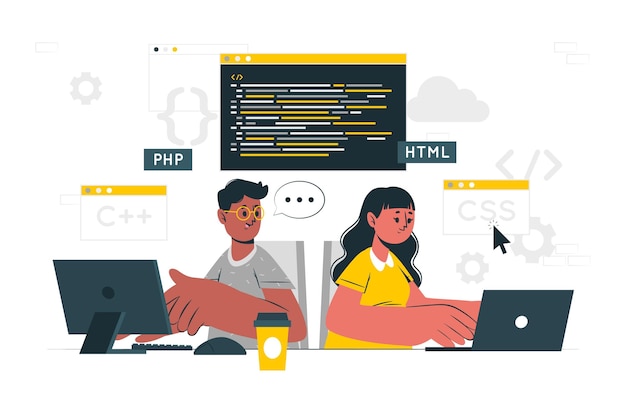
—English version—
Women in Computers
A first year student wrote to me: “All my friends in college tell me NOT to study computer science. They say that programming is NOT suitable for women as many have switched into another field after failing programming class. It makes me worry about my choice to study computer science. Please advice.”
Answer: Do NOT listen to them; they do NOT know what they are talking about. Women have been doing extremely well in computer field. If you look at the list of top executives in computer industry today, you will find many women such as the CEO of Yahoo, Vice president of Facebook, Top Executives of Google and Microsoft. Computer is the fields that women are highly respected for their talents and leadership skills.
If your friends read the history of computer they will also be surprised. The first computer programmer in the world is a woman named Ada, the countess of Lovelace (1815-1852), who help inventor Charles Babbage to develop the first computer called the Analytical Engine. Ada writes the first program that make the computer performs mathematic calculations and documents them in her notebook. She describes how she instructs the computer to repeat instructions several times in the calculation of math formulas (Today we call it “Loop”). To honor her contribution, the Computer Association named a programming language after her: “Ada”.
The second computer programmer in the world is also another woman named Grace Murray Hopper (1906-1992). Ms Hopper works on the first digital computer called Mark I. One day the computer crashes and people cannot make it works until Ms Hoper finds a small bug stuck to the electronic relay of the computer circuits. After remove the bug, the computer works again. Ms Hopper writes this incident in the notebook: “I debug the computer”. Since then all computer error is called “Bug” and fixing error is called “Debug”. I already wrote about Ms Grace Hopper in my previous blog.
During World War II, the British Foreign Office organizes a group of scientists under the leadership of Max Newman and Alan M. Turing to break the secret military code of the Nazis. Since the Nazis code is very complex, it is difficult to break them. One day out of frustration, Max Newman complains that “No men in his staff know what the Germans are doing”. His secretary, a woman volunteers: “Why don’t you let me give it a try” Max agrees to let her try. Instead of working alone like most man does, she forms a team of several women who listen to German’s military messages and be able to break their code. They develop special algorithms known as “Bombes” and “Robinsons” to assist all code breaking. They are considered the first programming team in history of computer as they advocate that software development is teamwork.
After the World War 2, a team of scientist at University of Philadelphia develops the first electronic computer – the ENIAC. Although most scientists work on the hardware are men, the operating system is given to a team of six mathematicians: Kathleen McNulty, Frances Bilas, Betty Jennings, Elizabeth Snyder, Ruth Lichterman, and Marlyn Wescoff. This is the second team of programmers in the world and they are also all women. Later Betty Jennings works with Grace Hopper to develop the first compiler for the UNIVAC I. Betty also assists Grace Hopper in the development of COBOL in 1960. Few years later, Grace Hopper and another woman named Lois Haibt create another programming language called FORTRAN.
Women have been involved in computer since the beginning. Most major software works are all created by women. From operating system (ENIAC), compiler (UNIVAC), programming languages (COBOL, FORTRAN) and the secret code breaking machines with sophisticated algorithms are all developed by women. By saying that programming is not suitable for women is a big mistake and prove that these people do NOT know anything about computer and history.
Based on these facts, I do NOT think you have to worry about your choice of study computer science. I think you and other women who study information technology will do well and prove that there is no difference between men and women in the pursue of technical knowledge.




 Thông báo
Thông báo

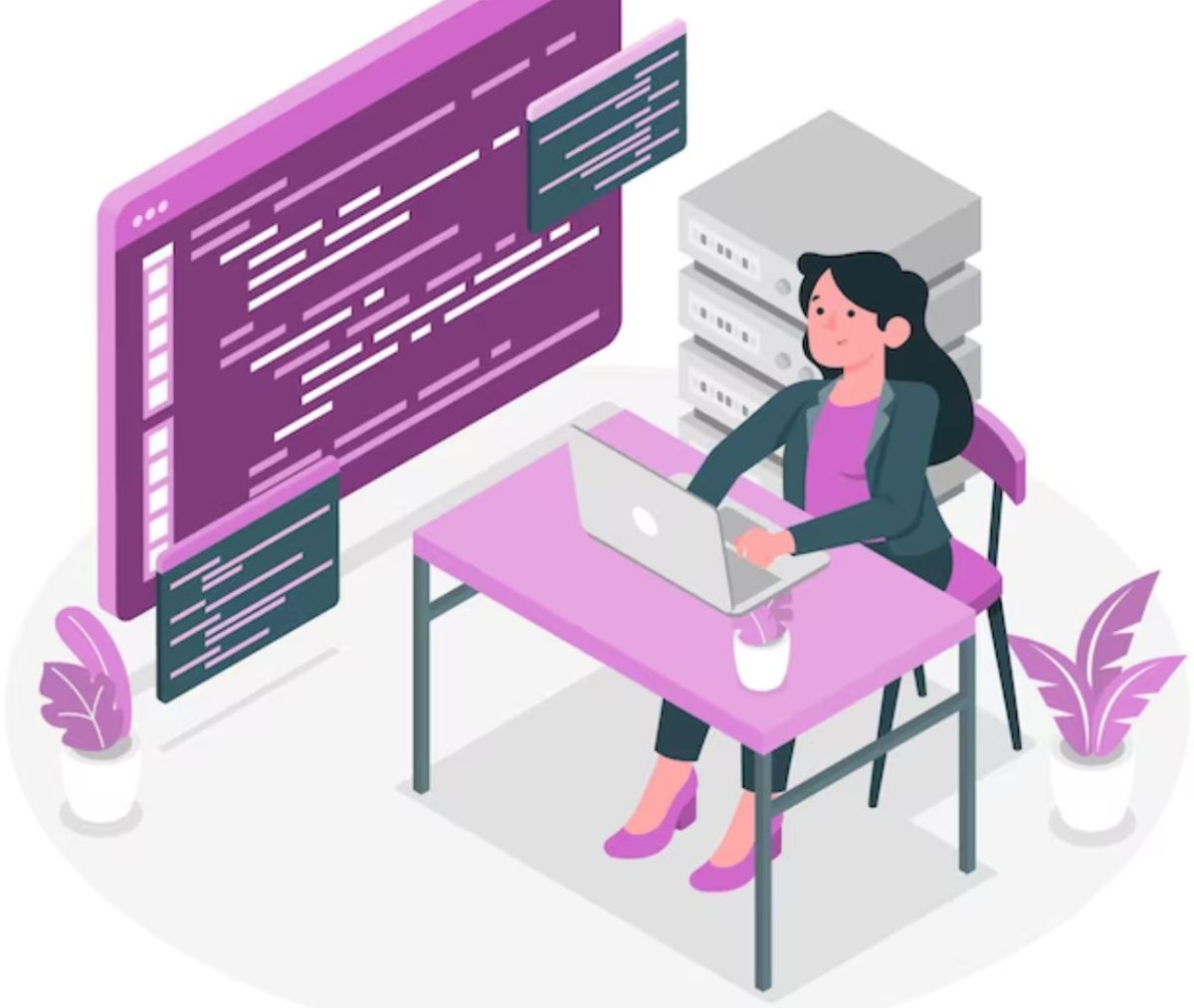





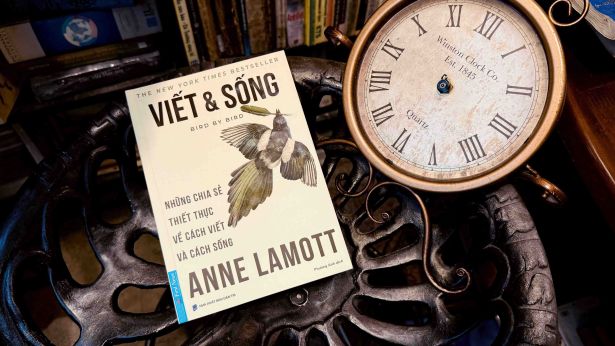

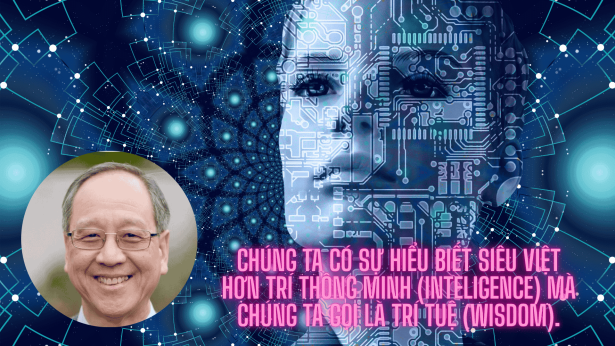




 Quay lại đăng nhập
Quay lại đăng nhập
